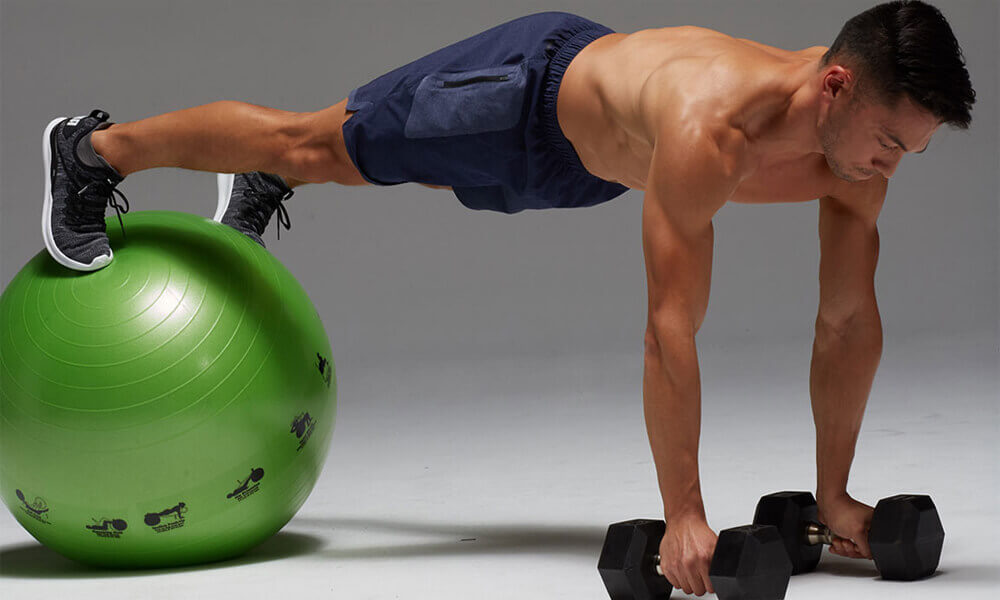Resistance loop band training is an affordable and effective way to exercise. When it comes to convenience, portability, and ease of set up, it’s hard to beat.3 Things to Do Before Using Your Resistance Loop Band
1.Examine it for Wear and Tear
Always inspect your resistance band for wear, rips or holes. Do not use a band that is impaired in this way. If you are placing the band around a tree limb, pole or any other fixed structure, always check the object to make sure that there are no nails, sharp edges or shards of glass that could rip the band.
2.Warm Up Thoroughly
Warming up is a too often overlooked aspect of working out. Often people are so busy that they are tempted to skip the warm-up and throw themselves directly into the workout proper. This is not a safe thing to do. Warming up gets the body ready for the intense work to come. it also minimizes the risk of injury.
Warm up for your resistance loop band workout with two minutes of skipping or jogging on the spot. Then perform dynamic stretching for your major muscle groups (back, chest, thighs).
3.Position Your Body Correctly
It is important to have your body firmly set when performing your resistance band workout. When performing standing movements your feet should be shoulder width apart, with toes pointing slightly outward.
You should always have a slightly arched back and tight core. Do not give in to the tendency to round your back when the resistance becomes challenging.
A key principle of resistance training is the isolation of the working muscle group. When you are training your biceps, you want it to be doing the bulk of the work. If you use your back by swinging the hips or otherwise utilizing momentum to get the resistance up, you will be vastly diminishing the effect of the exercise.
If an exercise calls for you to place the loop band over your feet, make sure that they are securely inserted beyond the forefoot so that they are your mid-foot level.

